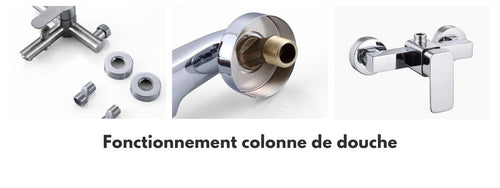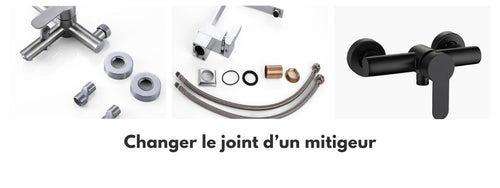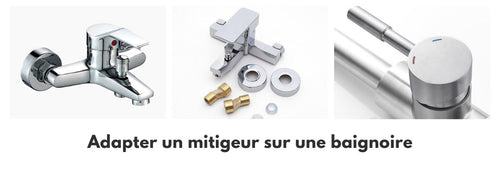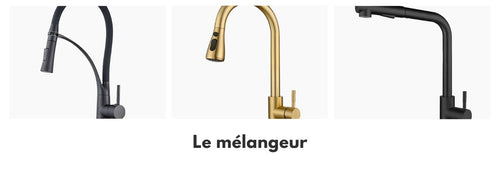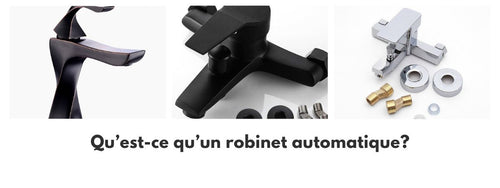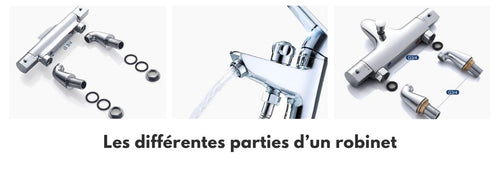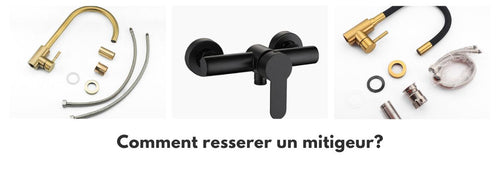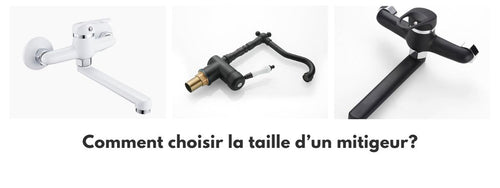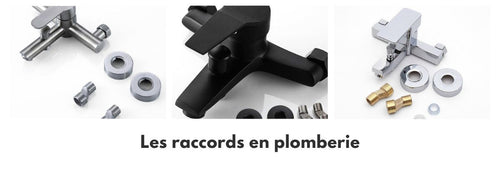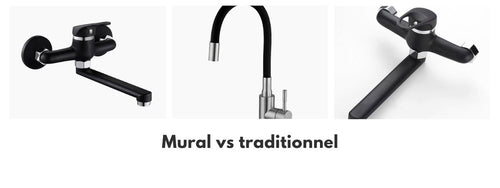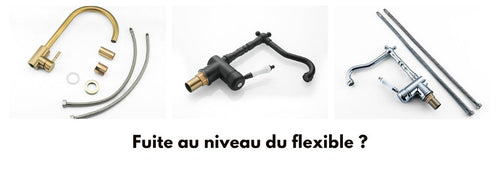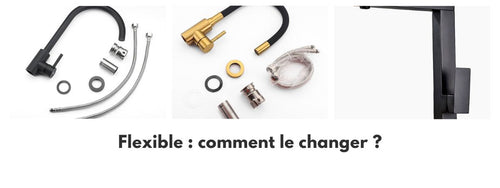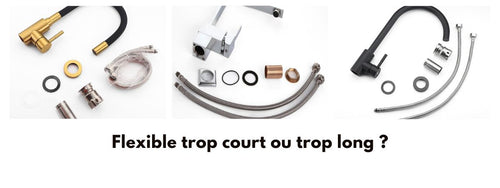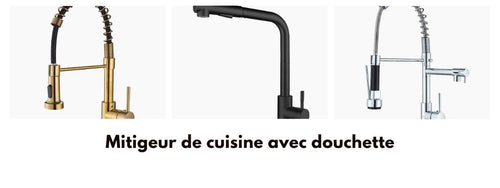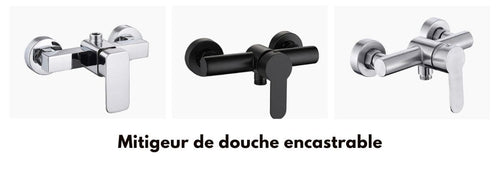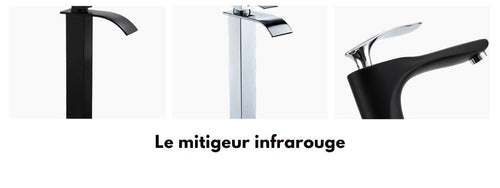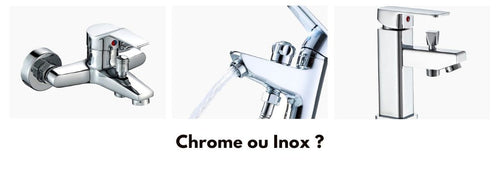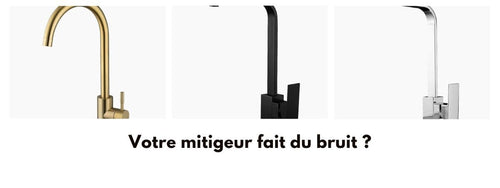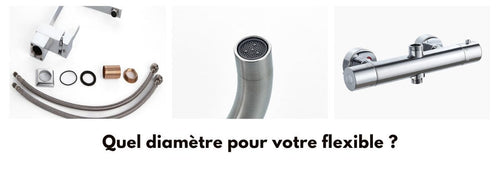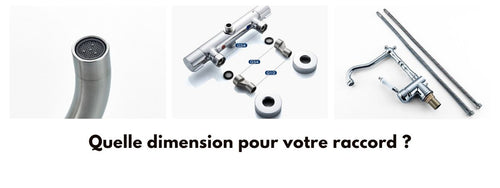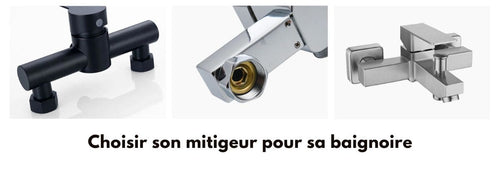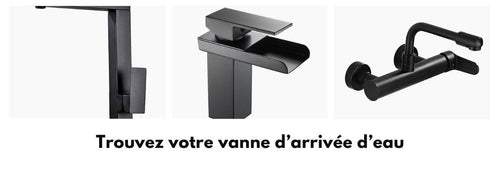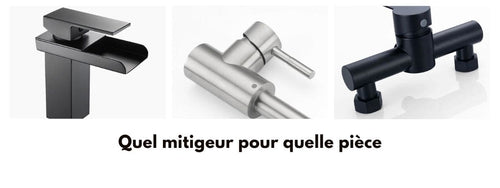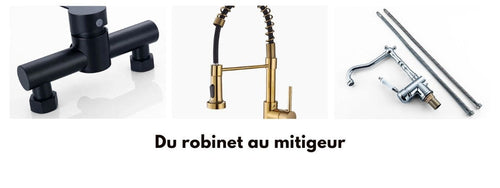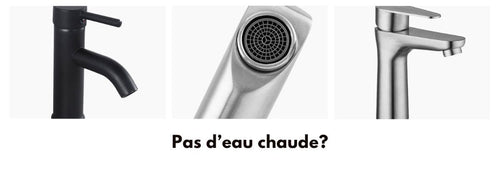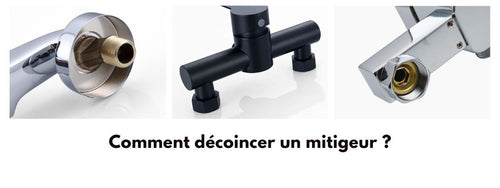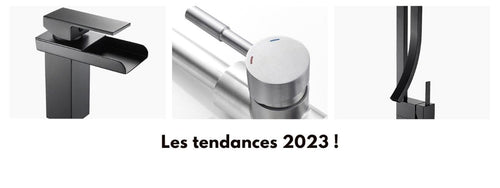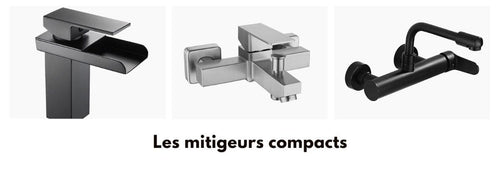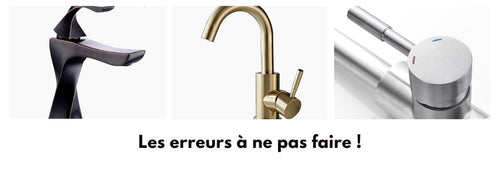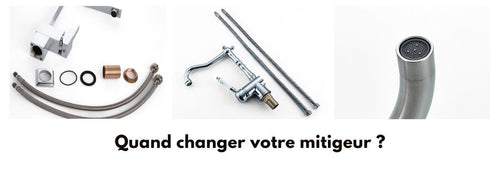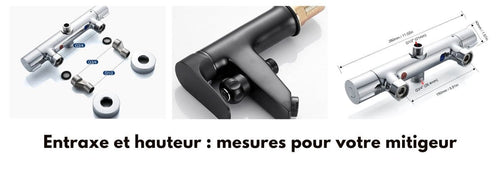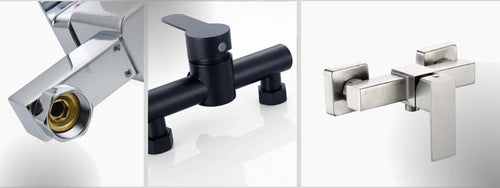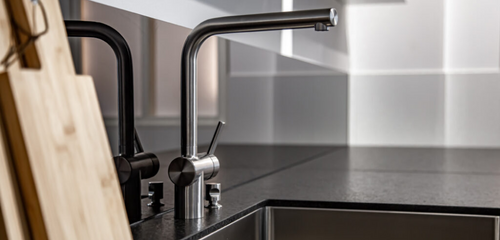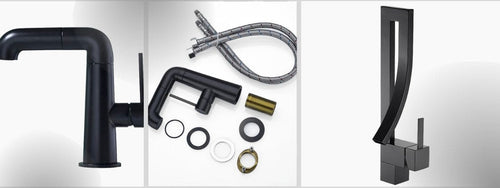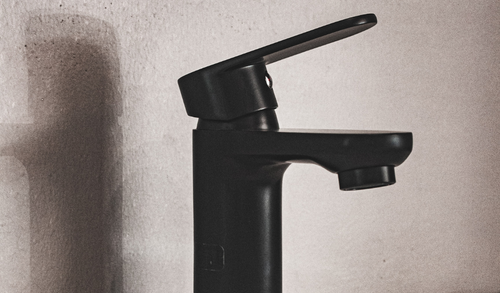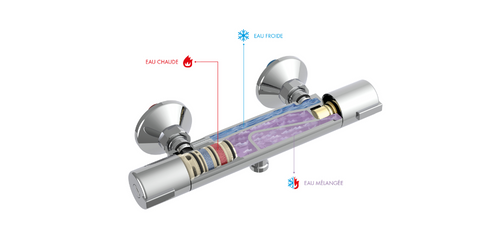When it comes to plumbing equipment, we often hear about faucets and mixers. But what exactly is the difference between these two types of devices? In this article, we will detail their respective characteristics, as well as their mode of operation, to help you make the best choice for your plumbing installation.
Characteristics of the traditional faucet
The traditional faucet, also known as a mixer tap, is the oldest and most common type of plumbing fixture. It generally consists of two separate taps, one for controlling hot water and the other for cold water. The mixing of the two temperatures is done directly at the spout.
Advantages and disadvantages of the traditional faucet
The main advantage of the mixer tap is its cost-effectiveness, as it is cheaper to purchase and install. In addition, their use is simple and intuitive, even for people unfamiliar with plumbing.
However, the mixer tap has some disadvantages, particularly in terms of user comfort and water consumption. Indeed, it requires manually adjusting the two taps to obtain the desired temperature, which can result in water loss during adjustment. Furthermore, it is often less environmentally friendly and less water-efficient compared to mixers.
Specifics of the mixer
The mixer is an innovative device that allows control of water flow and temperature using a single handle. It differs from mixer taps in its practicality and modern design. Mixers are available in several variants, including thermostatic mixers and electronic mixers.
Operation of the mixer
A mixer generally has a single lever or handle that regulates the water flow and temperature. By moving the handle to the left or right, you get hot or cold water, while moving it up or down adjusts the flow. This simple and quick manipulation allows you to obtain the desired temperature in no time, without the need to play with two different taps.
Advantages and disadvantages of the mixer
The mixer has many advantages over the traditional faucet:
- Practicality : thanks to a single handle, it is easy to adjust the water temperature and flow. This ease of use is particularly appreciated for children and the elderly.
- Water saving : by allowing quick and precise adjustment of the temperature, the mixer limits water wastage. Some models are even equipped with an automatic water shut-off system after a certain period of use, thus helping to preserve water resources.
- Modern design : the mixer is often considered more aesthetic and contemporary than the mixer tap, which can be an asset for modernizing your bathroom or kitchen.
However, the mixer also has some disadvantages:
- Cost : it is generally more expensive to purchase and install than a traditional faucet, although this price difference can be offset by water savings in the long run.
- Risk of scalding : if the mixer handle is manipulated too quickly or violently, it can cause sudden temperature variations. To avoid this, it is advisable to opt for a model with an anti-scald safety feature.
How to choose between a faucet and a mixer?
To make the right choice between a mixer tap and a faucet, you will need to take into account different criteria, such as:
- Your budget : if you have a small budget, the traditional faucet can be a cost-effective solution. However, it is important to consider the water savings that a mixer can provide, which could offset the cost difference in the long term.
- Intended use : depending on your habits and needs for adjusting temperature and flow, the mixer may be more interesting for its practical and quick side. People having difficulty manipulating controls may also prefer a mixer for its ease of use.
- Aesthetics : design and appearance can be important for some users. If you want to give a modern and elegant look to your bathroom or kitchen, the mixer will probably be the most suitable choice.
The choice between a faucet and a mixer depends mainly on your priorities and expectations in terms of comfort, water saving, price, and design. You will need to clearly identify your needs to make the best possible choice for your plumbing installation.


